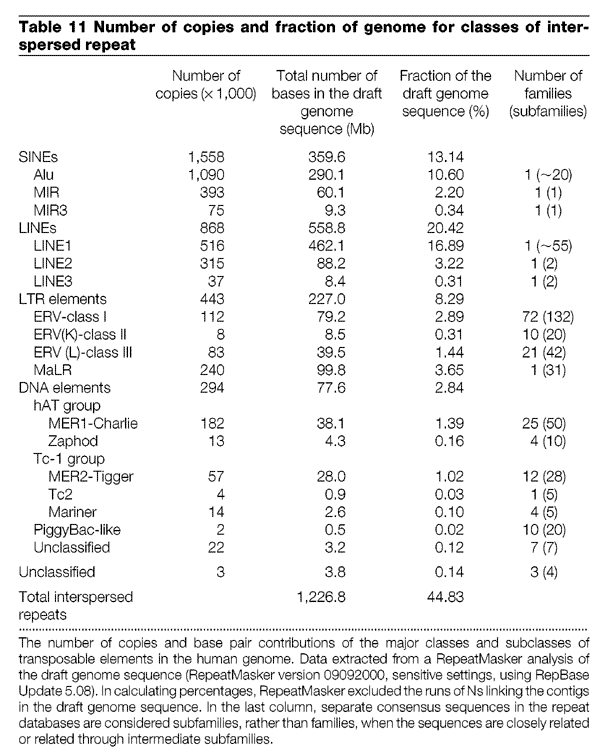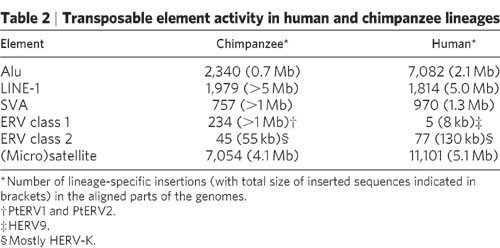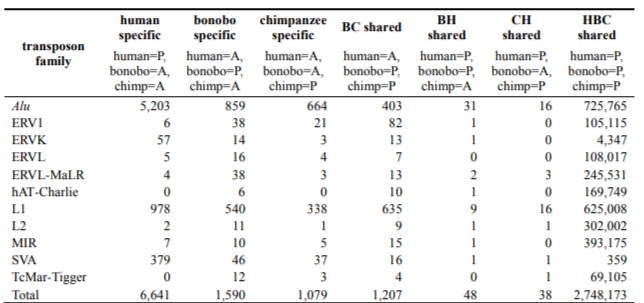I have a rather stupid question😅, I was debating with a creationist that retroviruses are evidence of evolution and I told him that retroviruses orthologous between species means they are in the exact same place and he told me that the word “orthologous” does not necessarily mean that retroviruses are in the same place Exactly or in the same base, is there a source that says orthologous retroviruses between the two species means the same retroviruses in the same place in both species?
Greetings and marhaba. Just to clarify–do you mean endogenous retroviruses (ERVs)? You’re not talking about various retroviruses themselves, right?
Are you referring to young earth creationists?
Thanks.
In essence, an orthologous endogenous retrovirus is a endogenous retrovirus found at the same base in the genome of two individuals or two species.
More accurately, it means the ERV is found at the an orthologous base. Since genomes continue to evolve after the insertion of retroviral DNA there can be mutations in and around the insertion which can produce differences around the site of insertion. However, these subsequent mutations can usually be identified and understood within the bigger picture. The main concepts here are orthologs, homologs, and paralogs. Google searches should find the info you need.
As to references:
The human genome paper from 2001 found over 200,000 ERV’s.

https://www.nature.com/articles/35057062/tables/11
The chimp genome paper in 2005 found that all but about 100 human ERV’s were shared at orthologous positions in the chimp genome, and all but about 300 chimp ERV’s were shared at orthologous position in the human genome.

https://www.nature.com/articles/nature04072/tables/2
This means that more than 99% of the 200,000+ ERV’s in the chimp and human genomes are shared at orthologous positions with 100 to 300 new insertions happening in each lineage after they split off from one another.
Strictly speaking, orthologous means they descend from a common ancestor in an ancestral species to humans and chimpanzees. The fact that they occur in the same place in the genome is very strong evidence that they are orthologous.
1- Yes, I mean endogenous retroviruses (ERVs).
2- They are actually creationists but do not believe in the young earth
Hello, I did not find in the paper that all but about 100 human ERV’s were shared at orthologous positions in the chimp genome, and all but about 300 chimp ERV’s were shared at orthologous position in the human genome. It is possible that they meant that the 100 viruses are only specific to humans and not to any other animal. As for the rest of the viruses, they may be present in other animals, even if they are not in the same place.
Thats exactly what Im looking for, Im trying to find a reference or source that indicates that retrovirus, in order to be classified as orthogonal, have to be on the same base

https://www.nature.com/articles/nature04072/tables/2
If the ERVs are found at orthologous positions in both the human and chimp genome then they are considered to be shared. If an human ERV is not found at the orthologous position in the chimp genome then it is considered a human specific ERV in that table, and vice versa for the chimp ERVs. That’s what the asterisk (Number of lineage-specific insertions) is referring to.
There are 5 class 1 ERVs and 77 class 2 ERVs in the human genome that are not found at the same position in the chimp genome. The rest of the 203,000 human ERVs are found at the same position in the chimp genome.
There are 234 class 1 ERVs and 45 class 2 ERVs in the chimp genome that are not found at the same position in the human genome. This means, like the human genome, nearly all of the chimp ERVs are found at the same position in the human genome.
Another reference:
Thank you very much for your interest. After more effort and exhaustion, especially with regard to language, this fatigue is due to the fact that English is not my mother tongue. I found a source that directly states that (99.7%) transable elements are located in the same orthologous locations in humans, chimpanzees, and bonobos.
https://www.nature.com/articles/nature11128
in a SUPPLEMENTARY INFORMATION page no 57
[here we mapped and comparatively analyzed retrotransposon integrants present in the human, chimpanzee, and bonobo genomes. More than 2.5 million integrants occur at orthologous loci in the three species, consistent with the close, common ancestry of the genomes as they are identical by descent]
and in page no 59
[Total counts of transposon integrants of various families identified in each lineage are presented in Table S6-1. As expected, the vast majority (99.7%) of transposable elements present in the human genome are also present in the bonobo and chimpanzee genomes. Because transposon integrants have accumulated over evolutionary time, and given the extremely low likelihood that precise structures of integration could occur independently, these results strongly corroborate the close common ancestry of these primates; the shared transposons are identical by descent[50].

good one. Congratulations on your work in another language.
thank u Randy
Just curious, what is your native language? We have several people here who learned English as a second language. Your English seems to me to be very good.
my native language is Arabic, I’m actually trying to learn English, I’m still a beginner
You do very well! God’s blessings on your endeavors.
That’s a great reference. Your English is great!
You’re more advanced than that!
@T_aquaticus @Randy @glipsnort @beaglelady
If we have two species, for example humans and white mice, and scientists discover a retrovirus and indicate that they found it in the same “locus”, does this mean that they found it on the same chromosome at the same genetic coordinates? or does it mean that they analyzed the regions adjacent (flanking) to the retrovirus and found them to be similar, which is what they mean by “same locus”? Because I have read that the genetic location means specific coordinates on a chromosome where a gene or sequence is located. If someone has sources that talk about this and what scientists specifically mean by the term “same locus”, please provide them.
The latter. For closely related species, like humans and chimpanzees, the two are similar, but for mouse and humans, large chunks of sequence have moved between chromosomes and the concept of the same coordinate and same chromosome don’t really mean anything. Even between human and chimpanzee, the ‘same coordinate’ really means lying in the same sequence context, since the actual lengths of sequence from the beginning of the chromosome are different. For that matter, the same is true if you’re comparing two human genomes.